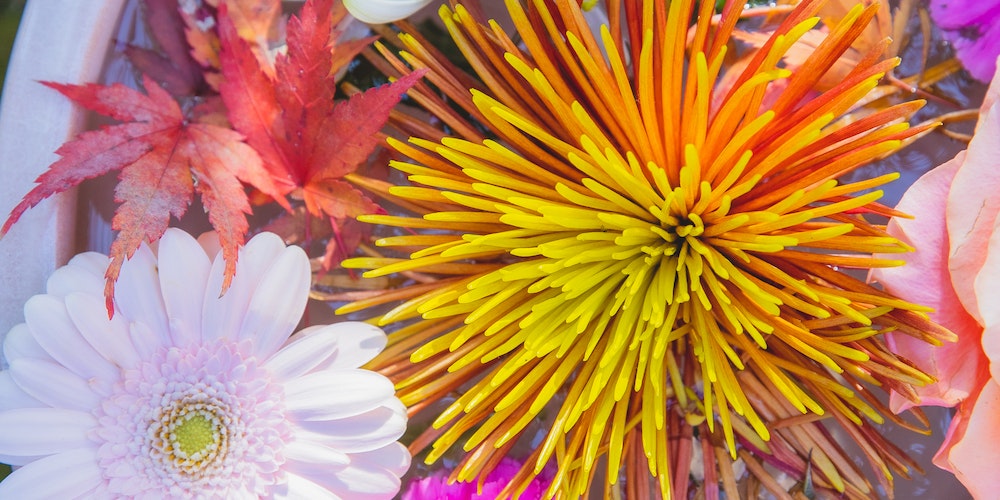The topic of "what do I fill the bottom with?" is a frequent one among those considering the purchase and use of big planters. Large or commercial planters may rack up significant costs for potting soil. In other words, there's no need to buy a tonne of dirt only to fill a 15 gallon pots (unless you want to and can afford it). There are many different items that may be used to guarantee the continued growth and health of the potted plant or tree. In order to help you save time, effort, and money, this page discusses the finest materials for filling the bottom of a big planter.
It's important to become acquainted with the needs of the plant or tree you're hoping to pot before you attempt to do so. Each tree or plant variety has unique space requirements, and they will vary depending on the size of the container. The void's volume may then be calculated. You should use high-quality potting soil instead of conventional garden soil if you simply need to fill a little area. Any soil, whether it be from your garden or elsewhere, is likely to be infested with weeds and other impurities that will prevent your plant or tree from flourishing.
Drainage is an important consideration while selecting potting soil. Planters may need to be replaced because to drainage problems, excess weight, or the risk of freezing and thawing caused by using soil from the ground. Find the best infill for the bottom of your huge planter if you need to fill a lot of space. There are six options besides soil for the base of a large planter. A brief word on what you should not use before we get into the good stuff. Corn packing peanuts are not recommended since they dissolve in water.
Plastics That Can Be Reused
Plastic waste has become a major source of environmental harm, as is well known. Fill the bottom of your huge planter with recyclable plastic, such as empty water or soda bottles, supermarket bags, or milk and juice jugs. Rather of sending the plastic to a landfill, you may use it to line the bottom of your massive planter.
Supplies for Packing and Shipping
As long as they are not the water-soluble kind, packing peanuts may be used. It's no contest: Styrofoam peanuts are the way to go. Put them in a bag and tie it shut so they don't move around inside. It's also convenient if you ever need to repot the plant. Alternatively, you may use styrofoam blocks. Keep them secure once again by placing them in a bag.
Tin cans
A lot of us go through a lot of canned goods every week. If you have a big planter, you may try filling it with crushed cans and stacking them to get the necessary height and depth.
A number of Plastic Planters
To-go or refrigerator plastic containers may be put to good use. Basically, you should invert them so the bottom is facing up. By doing so, you'll be able to provide your huge planter or tree a stable base to sit on.
The Fifth-Radical Material
Your home and yard may be stocked with a variety of useful organic materials. Any organic material will decompose over time, making pine cones, leaves, and sticks a sustainable option for seasonal gardeners who repot on a regular basis.
Used and Discarded Cardboard and Paper
Require Some Extra-Sized Containers For Your Plants? View Our Vast Collection Of High-Quality, Long-Lasting, Extra-Large Outdoor Planters Available In A Wide Range Of Materials, Finishes, And Colors. If you're looking for some great large planters at wholesale prices, you should check out our programme.


